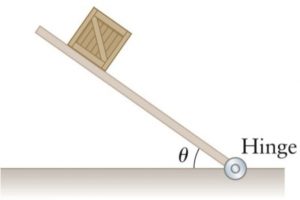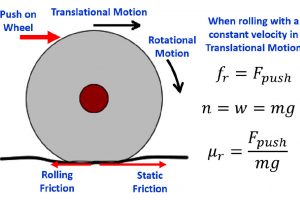Q: How are coefficients of friction determined? I know that they are given in problems, but how would a physicist go from having a surface to figuring out its kinetic/static/rolling friction coefficient? Is there a tool that they use to measure something?

A: For Kinetic and Static friction coefficients, the principle is simple and the measurement is straightforward. We can easily set up a slope with adjustable angle θ (see picture). Find the max angle (θ_max) of slope where the object can remain stationary or just starts sliding, then μ_s (Coefficient of Static Friction) = tan (θ_max). Next give a hard push on the object and it slides down. If it slows down, raise the angle. If it speeds up, reduce the angle. Find the angle of slope (θ_k) where the object could slide at a constant speed. Then μ_k (Coefficient of Kinetic Friction) = tan (θ_k).

Rolling friction is much more complicated than the above two since it is associated with Rolling motion (Combination of Translational motion and Rotational motion). In a rolling motion, there are rolling friction and static friction. The main causes of rolling friction are the deformation of the wheel or the surface and the slippage between the wheel and the surface. I also explained how to determine coefficient of rolling friction (μ_r) in picture.
I googled and found some developed devices measuring the coefficients of friction. They are more likely used in Industry, not in Physics.
